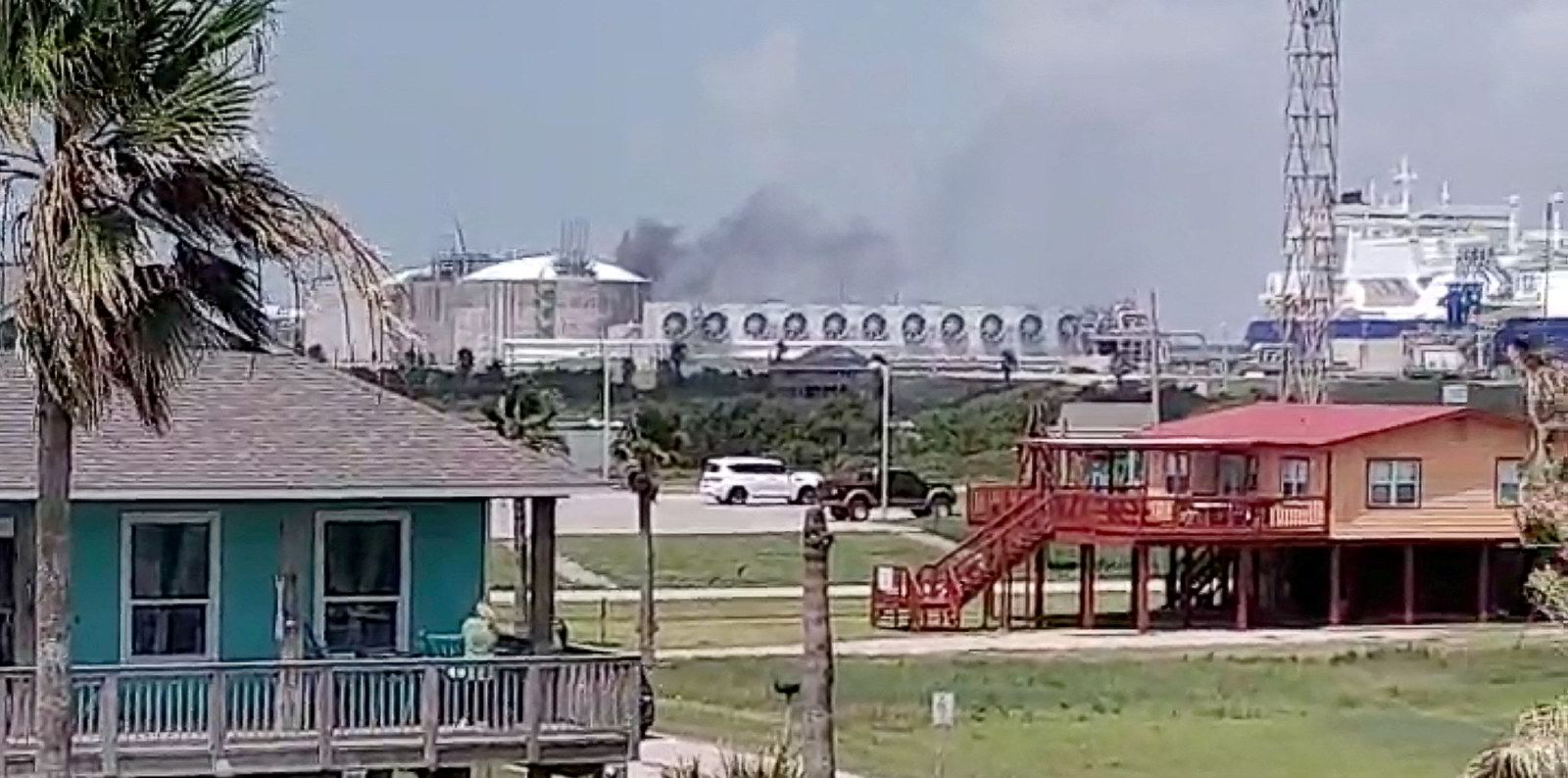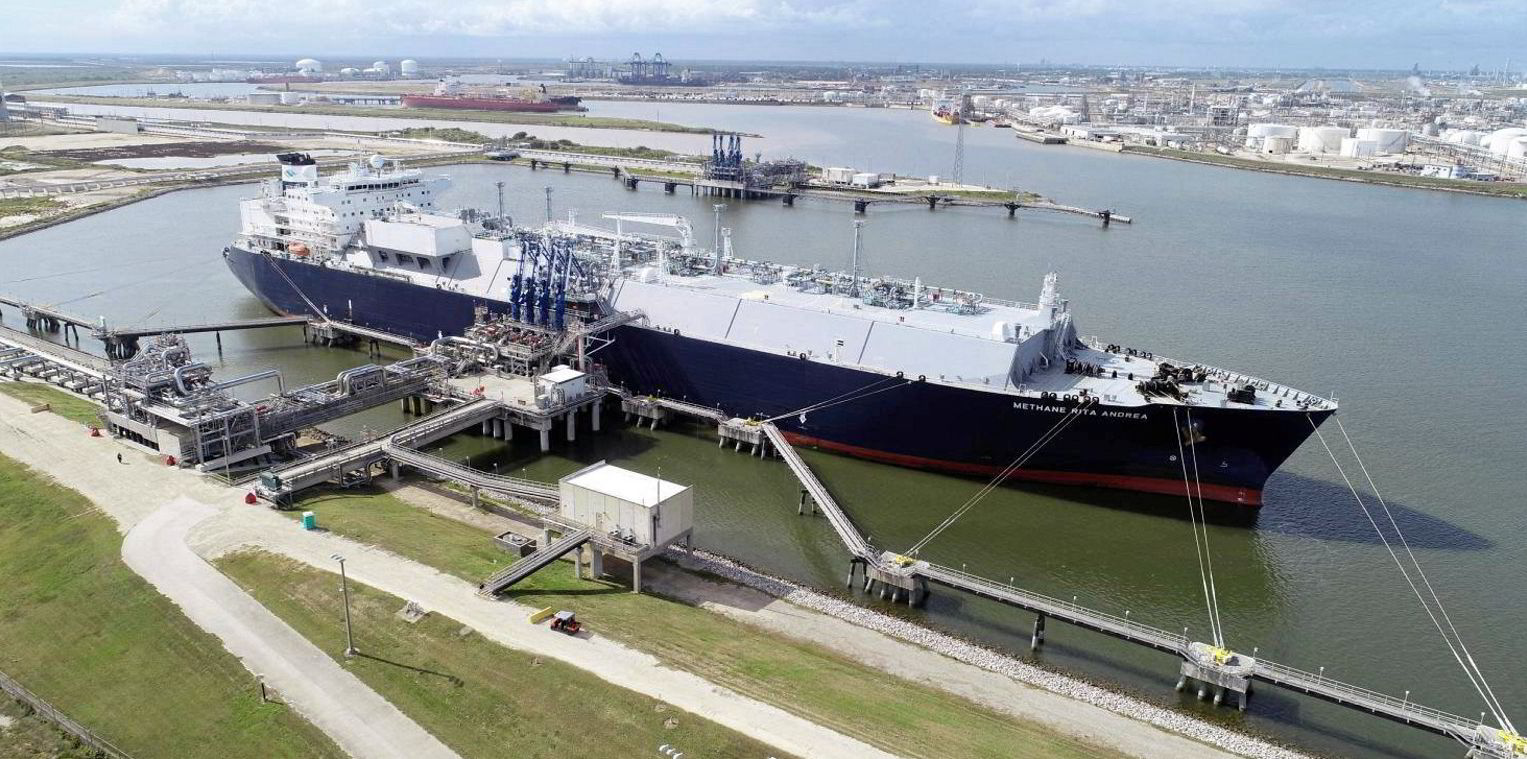The Freeport LNG facility in Texas may not be fully operational until late this year after an explosion and fire, the liquefaction plant’s operator said on Tuesday.
The announcement by Freeport LNG Development means the incident will have a longer-lasting impact than initial estimates calling for a three-week closure, which was already expected to hit supplies needed in Europe to help replace Russian natural gas imports.
The Houston company said a resumption of partial operations is expected to take place in about 90 days, if it can be done safely.
“At this time, completion of all necessary repairs and a return to full plant operations is not expected until late 2022,” Freeport LNG said.
Freeport LNG has been running close to its 2bn cubic feet per day (bcfd) of capacity in recent weeks.
Zongqiang Luo, an analyst at consultancy Rystad Energy, said 1.17 bcfd of those volumes have been headed to Europe, up from 0.81 bcfd before Russia invaded Ukraine in February.
That makes up about 10% of total import volumes to Europe.
“Freeport LNG has been flexible and quick to divert volumes to Europe since on average around 76% of its exported volumes in 2022 are uncontracted,” the analyst said a day before the later timeline for restarting operations was announced.
“As a result, we expect Europe will be the region most impacted by this incident.”
Replacement volumes
It is unclear where replacement volumes will come from, Luo said.
“However, with favourable spot prices, countries such as Nigeria and Algeria that are producing well below capacity could increase production to help fill the void,” he wrote.

The incident occurred on 8 June when LNG was released from the Quintana Island liquefaction plant, leading to the formation of a vapour cloud that then ignited — all within 10 seconds.
That sparked a fire at the plant that led to no injuries and that Freeport LNG said did not pose a threat to the surrounding community.
The blaze was extinguished within 40 minutes after the initial incident.
Freeport LNG said initial observations suggest the situation resulted from over pressure and rupture of a segment of LNG transfer line, although an investigation is underway to determine the events that led up to the pressure build-up.
The incident occurred in pipe racks used in the transfer of LNG from the plant’s storage tanks to the dock facilities.
“None of the liquefaction trains, LNG storage tanks, dock facilities, or LNG process areas were impacted,” the company said.





